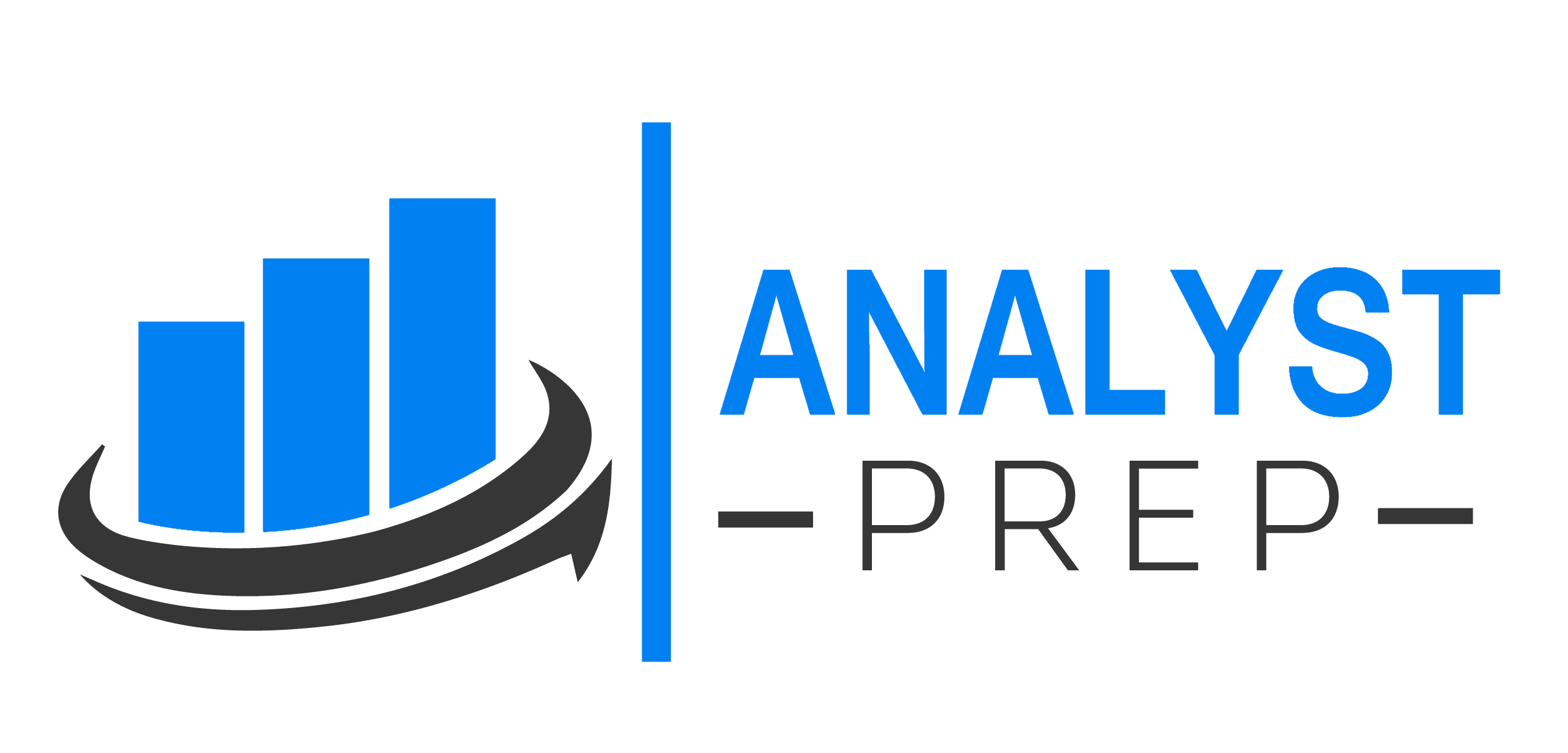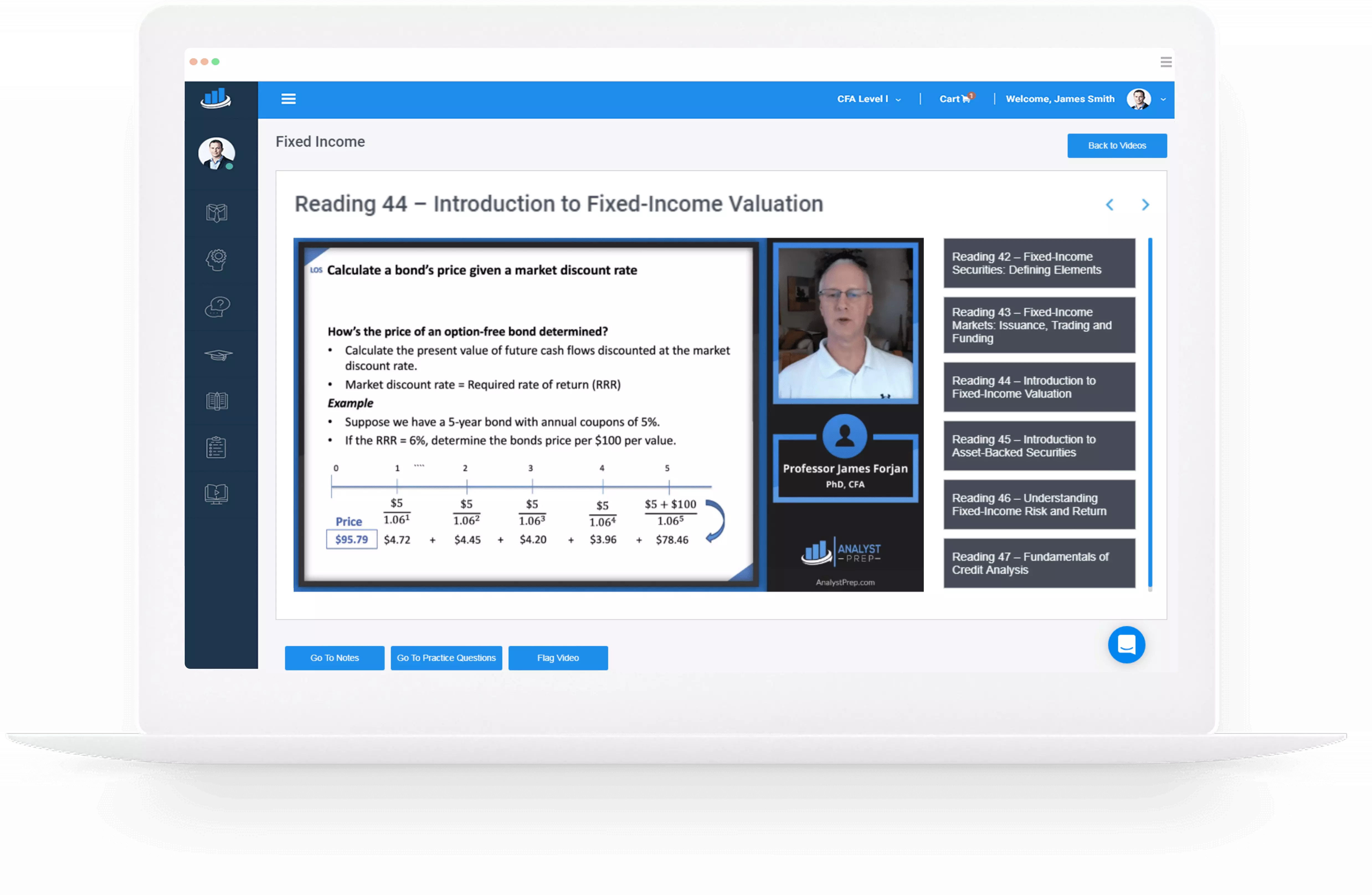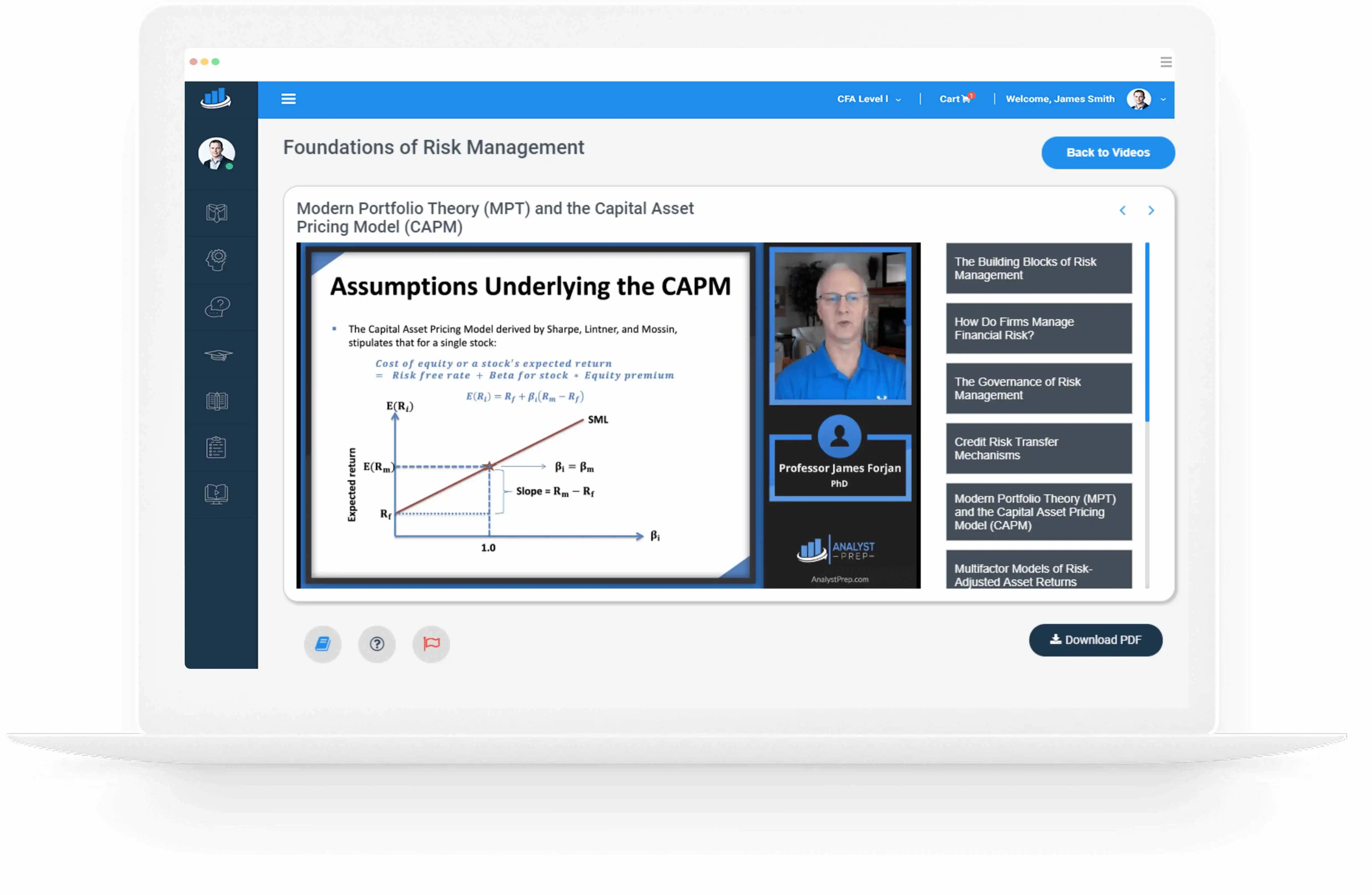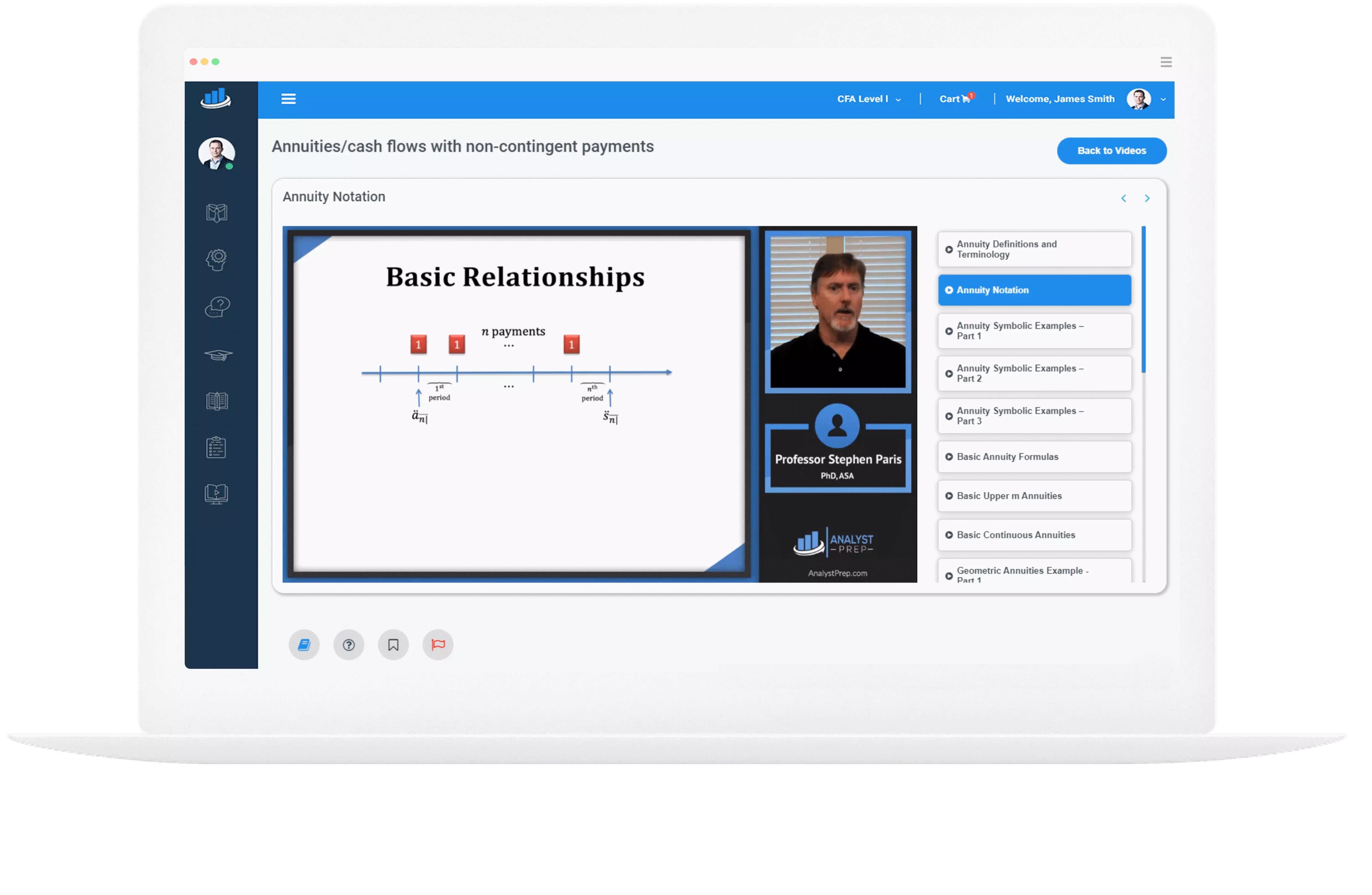Strategic Choices in Currency Management
The approach to managing currency risk in a portfolio varies widely among participants. Some choose not to take action, believing that long-run returns will eventually mean- revert. On the other end of the spectrum, some participants see an active management…
Currency Movement on Portfolio Risk and Return
The section on currency management will start with a concise review of foundational concepts. Subsequently, it will assume that the candidate possesses a strong understanding of these concepts throughout the rest of the section. Foreign Currency Exchange: Review \( \textbf{Note:…
Using Derivatives in Asset Allocation
Changing Asset Allocation with Futures Issue: A portfolio manager in Greece currently manages a portfolio with a 60% allocation to equity and a 40% allocation to fixed income. However, the manager has a bullish outlook on stocks and a bearish…
Using Derivatives to Achieve Targeted Equity
Equity Swaps Equity swaps offer a valuable solution for clients who wish to capitalize on the appreciation of their stocks but are not yet ready to sell. This situation may arise due to concerns about increasing tax costs from selling….
Volatility Derivatives and Variance Swaps
Volatility as an Asset Class Volatility is considered a distinct asset class by many market participants due to its characteristics. Research has indicated that volatility tends to increase during periods of market turbulence. There is an inverse relationship between volatility…
Overseeing Risk Related to Equity
Equity Swaps Equity swaps provide an attractive solution for portfolio managers seeking to adjust their equity exposure. These swaps offer a quick, cost-effective, and efficient method to achieve the desired changes. Portfolio exposure to equities is commonly assessed using portfolio…
Controlling Currency Exposure
Currency Swaps Currency swaps allow investors to hedge against or profit from fluctuations in foreign currency prices. These swaps involve the exchange of different currencies associated with specific interest rates. Additionally, the notional principal amounts in a currency swap can…
Controlled Interest Rate Risks For Futures and Forwards
Investment managers and investors utilize swaps, forwards, futures, and volatility derivatives in various ways, including hedging, directional bets, creating desired payoffs, asset allocation, portfolio rebalancing, and gauging current market expectations. The following table shows that investors and portfolio managers commonly…
Equity Risk Exposures
Options offer investors a wide range of flexibility to manage their portfolio’s risk and return characteristics. They can be utilized to achieve specific objectives within an investment portfolio. Here are some typical applications of options strategies: Long Calls in a…
Options Strategies for Given Investment Objectives
Setting Market Expectations – Direction Vs. Greeks Determining market expectations and selecting the appropriate options strategy is crucial for success. Different strategies focus on different factors. Some strategies rely on the directional movement of the underlying stock, such as bear…




